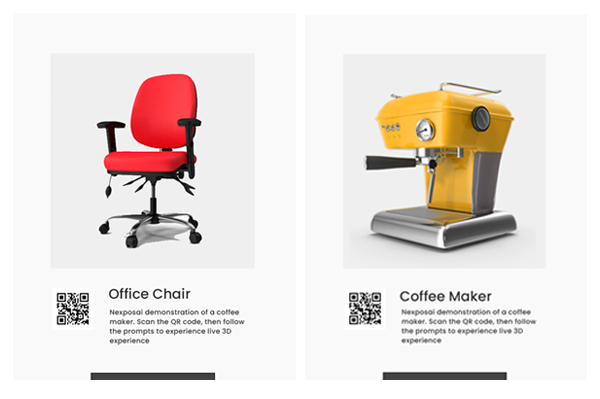The Impact of AR on Customer Interactions in High-End Retail
Augmented Reality (AR) has emerged as a game-changer in the world of high-end retail, revolutionizing the way customers interact with products and brands. By seamlessly blending the physical and digital worlds, AR is transforming the customer experience, enhancing engagement, and driving sales. In this article, we will explore the various ways AR is reshaping customer interactions in high-end retail and the potential benefits it offers to businesses.
1. Immersive Product Visualization
One of the key advantages of AR in high-end retail is its ability to provide customers with an immersive product visualization experience. With AR, customers can virtually try on clothing, accessories, or even furniture, allowing them to see how the items would look and fit in real-time. This not only enhances the shopping experience but also reduces the need for physical try-ons, saving time and effort for both customers and retailers.
2. Personalized Recommendations
AR technology enables retailers to offer personalized recommendations based on individual customer preferences and purchase history. By analyzing customer data, AR-powered systems can suggest complementary products or accessories, creating a tailored shopping experience. This level of personalization not only enhances customer satisfaction but also increases the likelihood of upselling and cross-selling, ultimately boosting sales.
3. Virtual Showrooms
AR allows high-end retailers to create virtual showrooms, eliminating the need for physical space constraints. Customers can explore a wide range of products in a virtual environment, complete with detailed information, interactive features, and even virtual assistants. Virtual showrooms provide an opportunity for retailers to showcase their entire product catalog, regardless of physical limitations, and offer a unique and engaging shopping experience.
4. Enhanced Customer Engagement
AR technology enables high-end retailers to engage customers in new and exciting ways. Interactive AR experiences, such as virtual try-ons, gamified product demonstrations, or immersive storytelling, captivate customers and create a memorable brand experience. By fostering a deeper connection with customers, retailers can build brand loyalty and differentiate themselves from competitors.
5. Streamlined Purchase Process
AR simplifies the purchase process by providing customers with instant access to product information, pricing, and availability. With AR-enabled mobile apps, customers can scan products or labels to retrieve detailed specifications, customer reviews, and even make purchases directly from their devices. This streamlined process eliminates the need for customers to search for information manually, reducing friction and enhancing the overall shopping experience.
6. Data-Driven Insights
AR technology generates valuable data on customer interactions, preferences, and behaviors. Retailers can leverage this data to gain insights into customer preferences, optimize product offerings, and refine marketing strategies. By understanding customer behavior patterns, retailers can tailor their offerings to meet specific demands, resulting in increased customer satisfaction and improved business performance.
As AR continues to evolve and become more accessible, the possibilities for transforming customer interactions in high-end retail are endless. From immersive product visualization to personalized recommendations and virtual showrooms, AR offers a range of benefits that can significantly enhance the customer experience and drive business growth. Embracing AR technology can give high-end retailers a competitive edge in an increasingly digital world, providing unique and engaging experiences that resonate with their customers.





